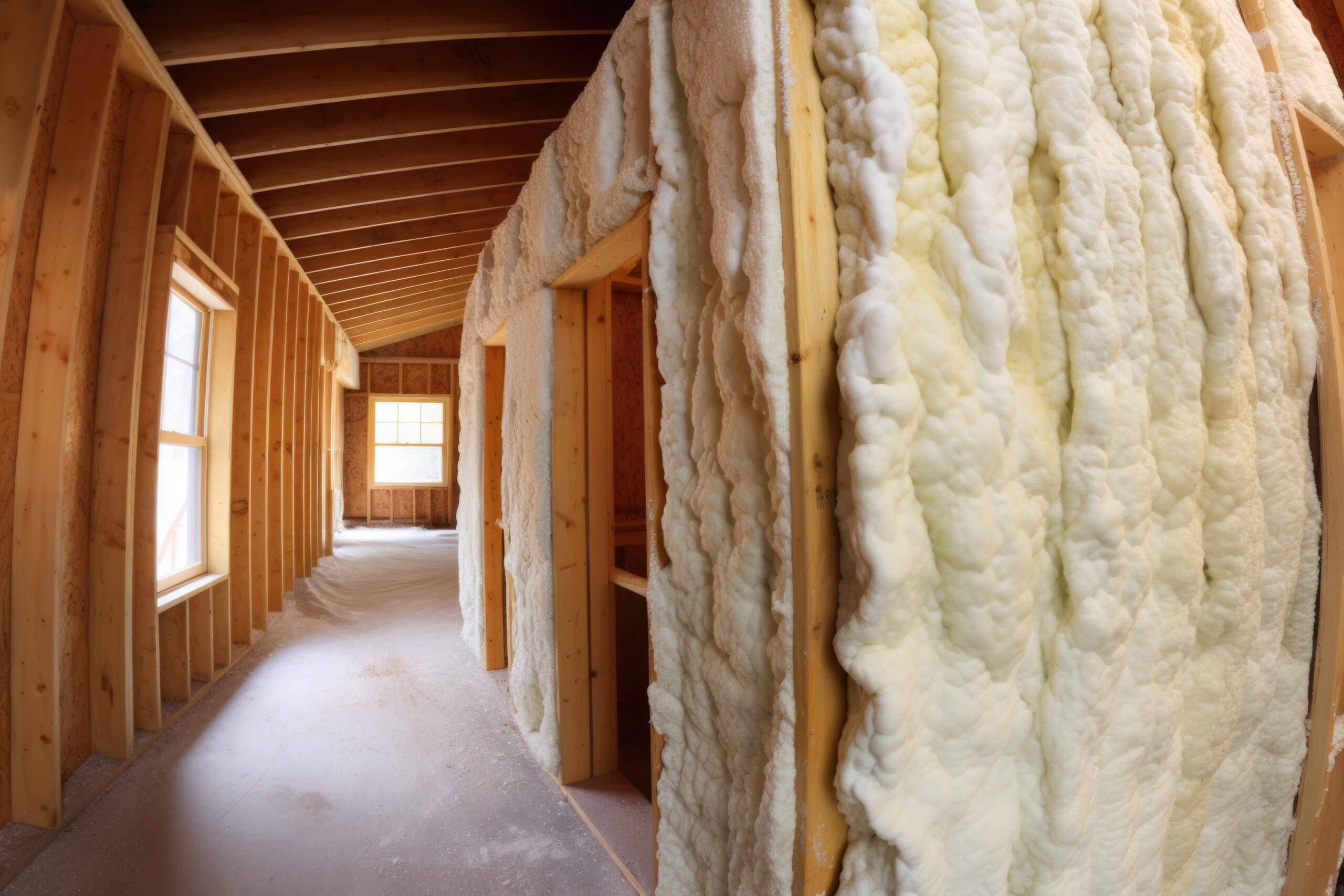Types of Insulation:
The most common types of home insulation include fiberglass, cellulose, foam board, and spray foam. Fiberglass insulation, made from spun glass fibers, is widely used for its affordability and effectiveness. Cellulose insulation, typically made from recycled paper products, offers an environmentally friendly option. Foam board insulation provides excellent thermal resistance and is often used in specific areas like basements and crawl spaces. Spray foam insulation is a viable option that expands to fill gaps and cracks, supplying a seamless barrier against heat transfer.
The Benefits of Home Insulation:
One of the primary benefits of home insulation is its impact on energy efficiency. Proper insulation significantly reduces heat transfer between the interior and exterior of a home. This means that during colder seasons, insulation helps to keep the warmth generated by heating systems inside, preventing it from escaping through walls, roofs, and floors. Similarly, in warmer weather, insulation acts as a barrier, preventing excessive heat from infiltrating the home, thereby reducing the need for air conditioning.
Eco-Friendly:
Beyond the immediate benefits to homeowners, proper insulation has broader implications for environmental sustainability. Insulation lowers greenhouse gas emissions associated with heating and cooling systems by reducing energy consumption. Additionally, eco-friendly insulation materials, such as recycled content or natural fibers, can minimize the environmental impact.
Why Does Your Home Need Insulation?
- The attic is a crucial area for insulation in homes. Since heat rises, a properly insulated attic can prevent significant heat loss during the winter and keep the home cooler in the summer. Fiberglass or cellulose insulation is commonly used in attics, providing a thick layer between the living space and the outside environment.
- Wall insulation is equally crucial, as exterior walls can contribute to substantial heat exchange. Insulating exterior walls with materials like fiberglass batts or blown-in cellulose helps maintain a harmonious indoor temperature and reduces the workload on heating and cooling systems. Additionally, insulated walls contribute to soundproofing, creating a quieter and more comfortable living environment.
- Floor insulation is essential for homes with crawl spaces or raised foundations. Insulating the floor helps prevent heat loss through the ground and keeps the living space warmer. It also helps regulate moisture levels, reducing the risk of mold and mildew growth.
Conclusion:
In conclusion, home insulation is critical in creating energy-efficient, comfortable, and sustainable living spaces. Whether in the attic, walls, or floors, insulation plays a crucial role in regulating temperature, reducing energy costs, and promoting environmental responsibility. As homeowners increasingly prioritize energy efficiency and sustainability, investing in high-quality insulation becomes a wise and responsible choice for creating a comfortable and environmentally conscious home.

